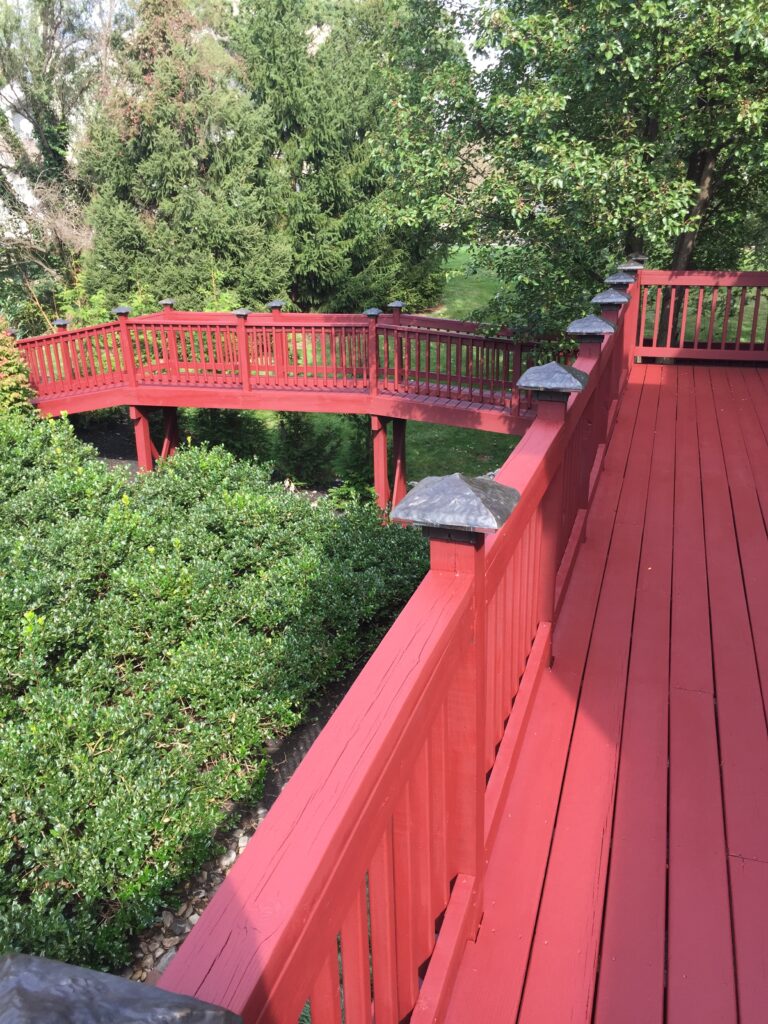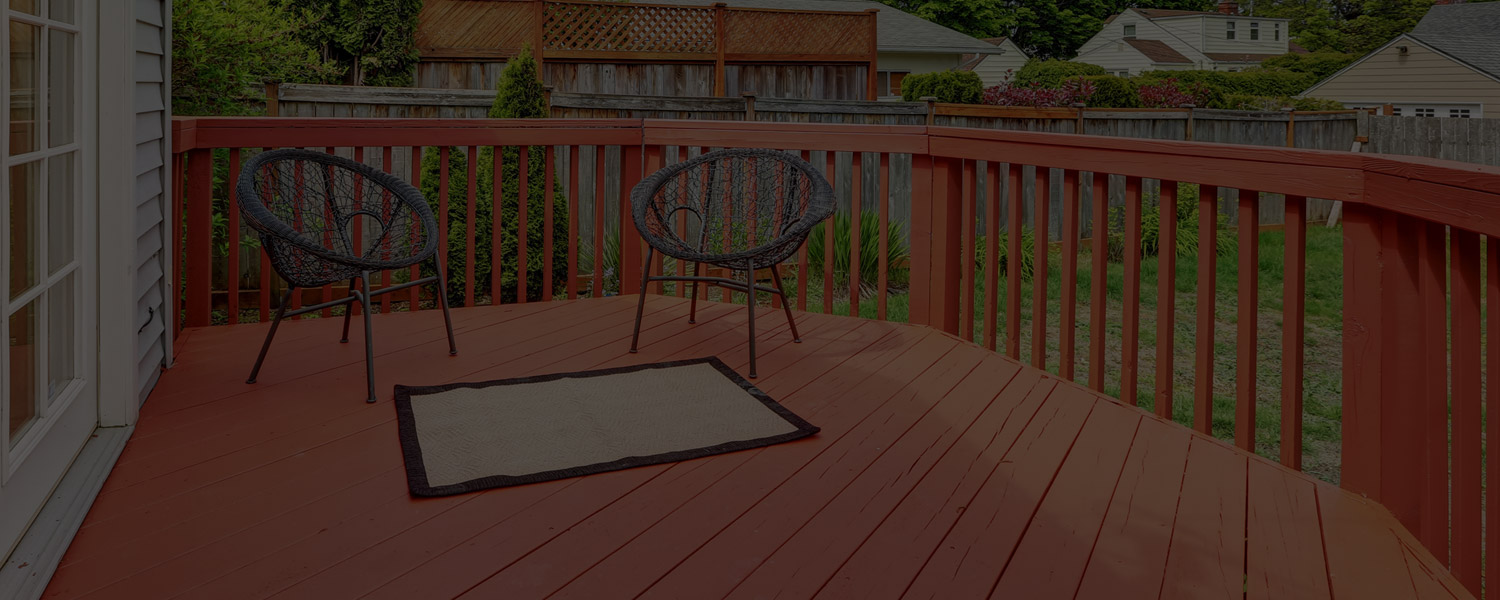The color deck stain you choose for your deck may be dependent on a few factors. A few of them are age and condition of your deck, the current color, and the type of wood your deck is made from. If you have an older deck, and the condition is not great, you will want to choose a solid stain. A solid stain fully coats and protects the wood from further sun and weather damage. If you are using a solid stain you have a range of colors to choose from, but most professionals will recommend you choose a color that is darker than your current color. Sherwin Williams has a color chart here. There are many manufacturers available on the market. It is important to talk with a professional company to determine what they can stand behind. Just walking into a store and getting the opinion of a sales associate, might not be the best idea. A company will use a product because they know how it works. Be careful choosing however, you may be unable to go lighter in the future!
If you have a brand new deck, or you have an exotic wood deck like ipe, tigerwood, redwood or mahogany, you will want to choose a transparent stain. Not SEMI-Transparent – just a transparent. There is a huge difference between the two. Once a semi-transparent has been applied, a lot of times the damage has been done and the costs associated with taking it off are extensive. Transparent stains (a color chart can be viewed here) provide a tint of color, along with some protection from the sun and the elements. Transparent stain colors come in more traditional wood colors, and even clear, so you get the protection benefits while showing off your beautiful wood. Just as it is with a solid, it’s not possible to choose a lighter color next time, so if you are unsure, try a lighter color first!



